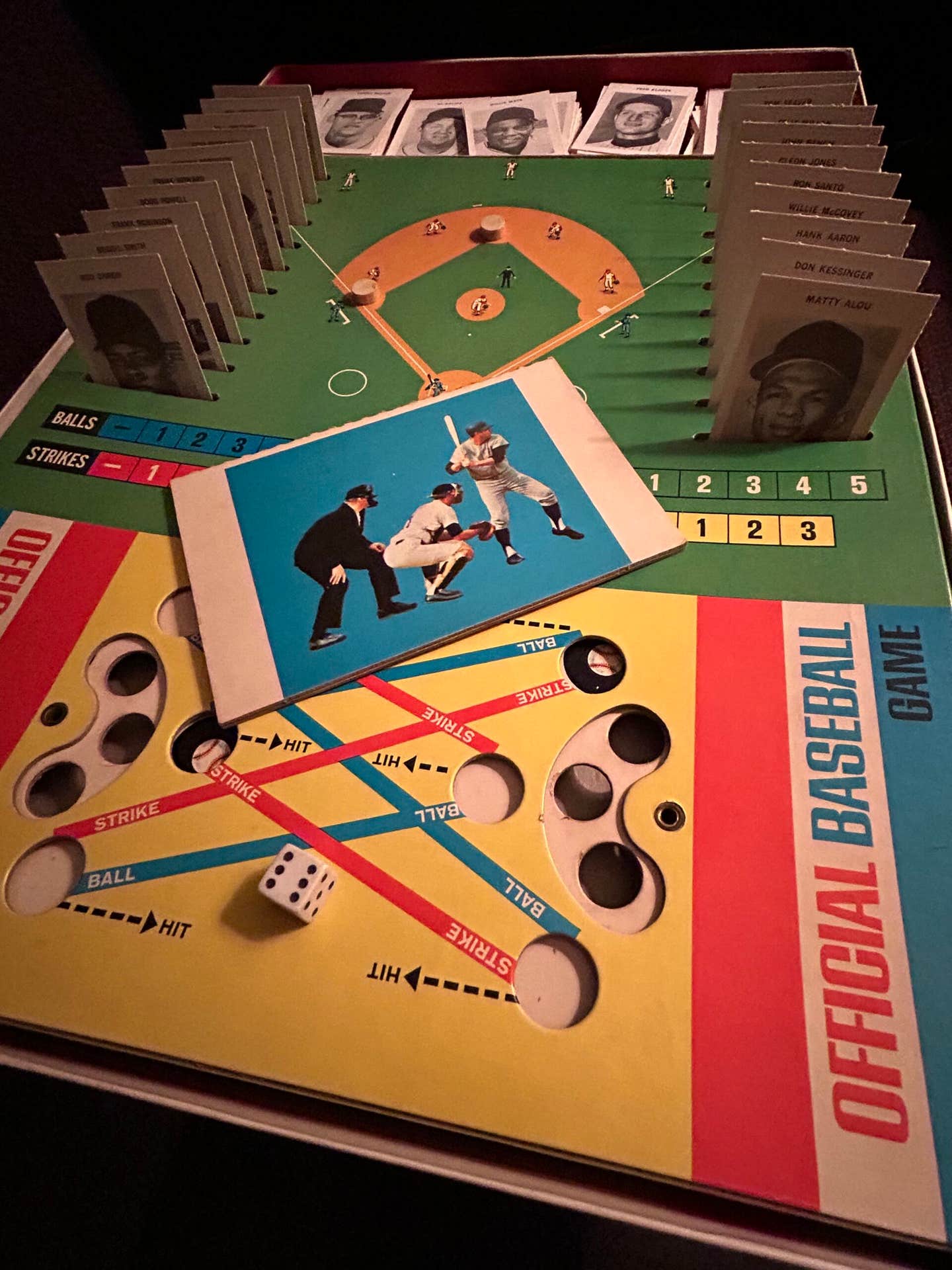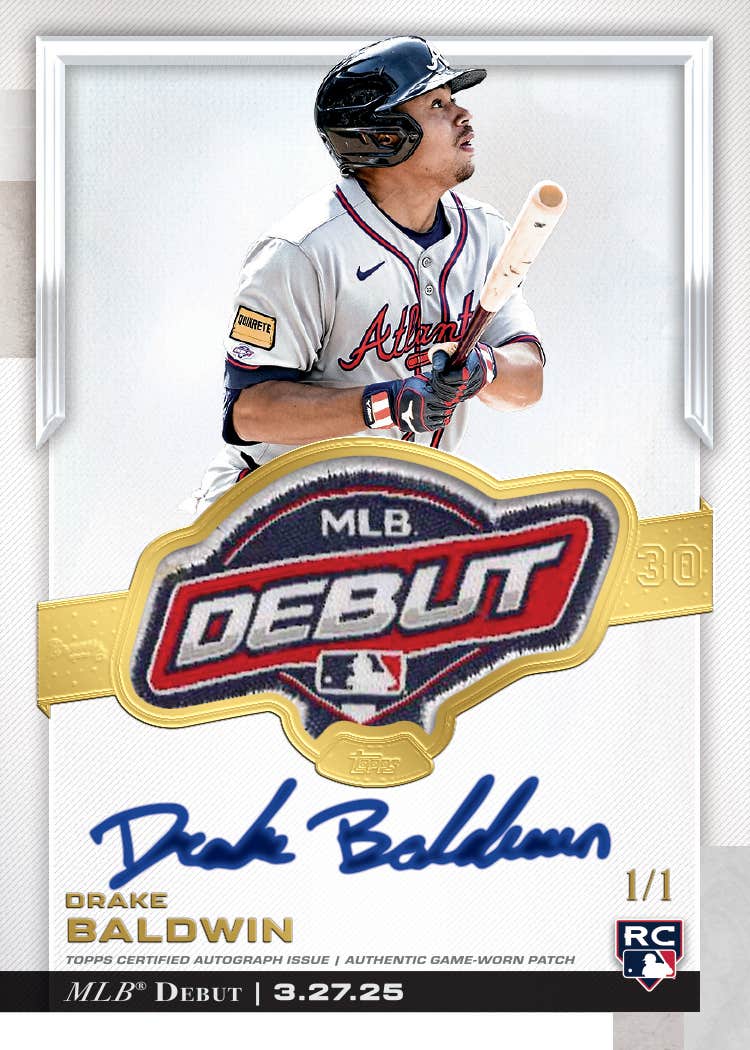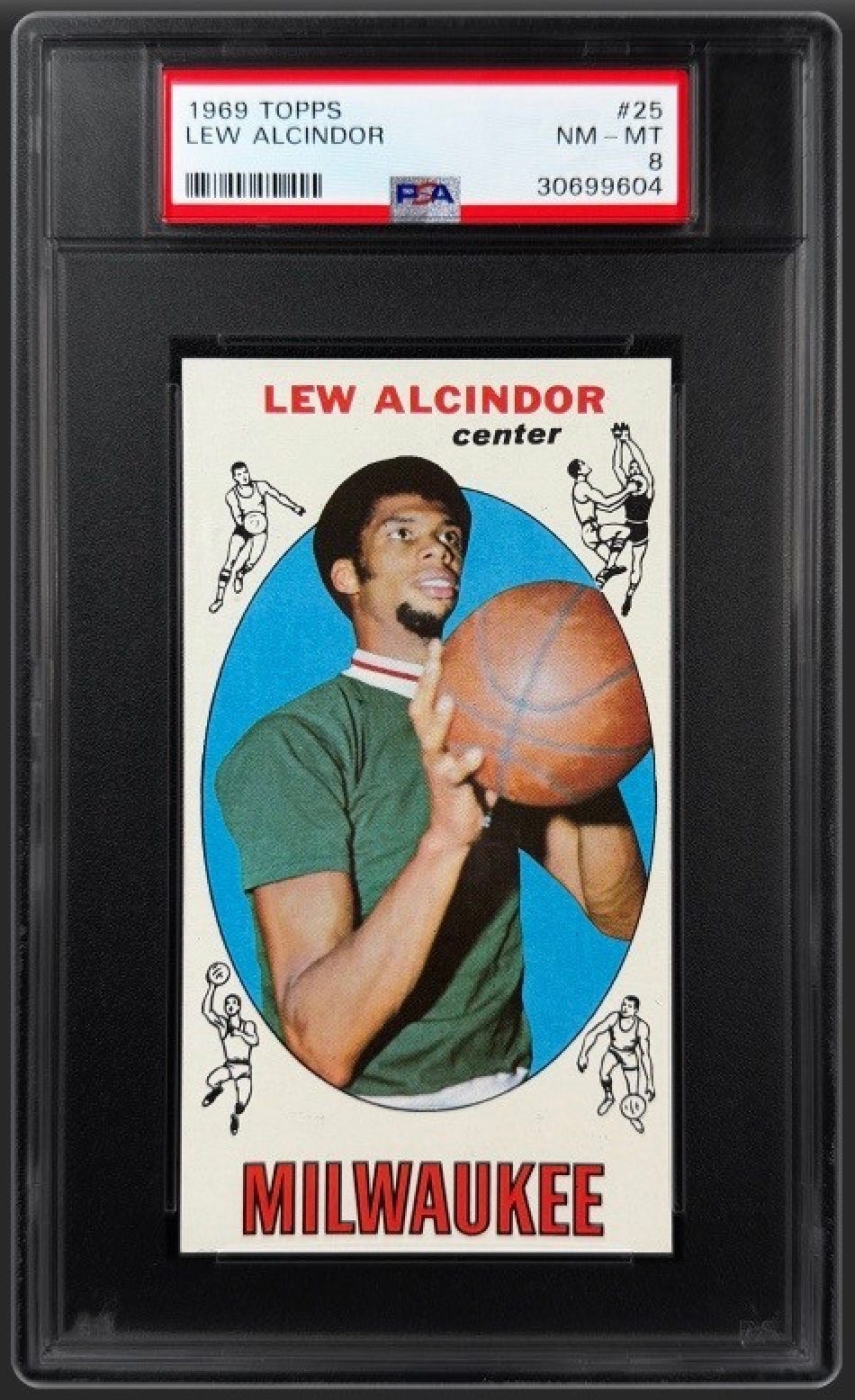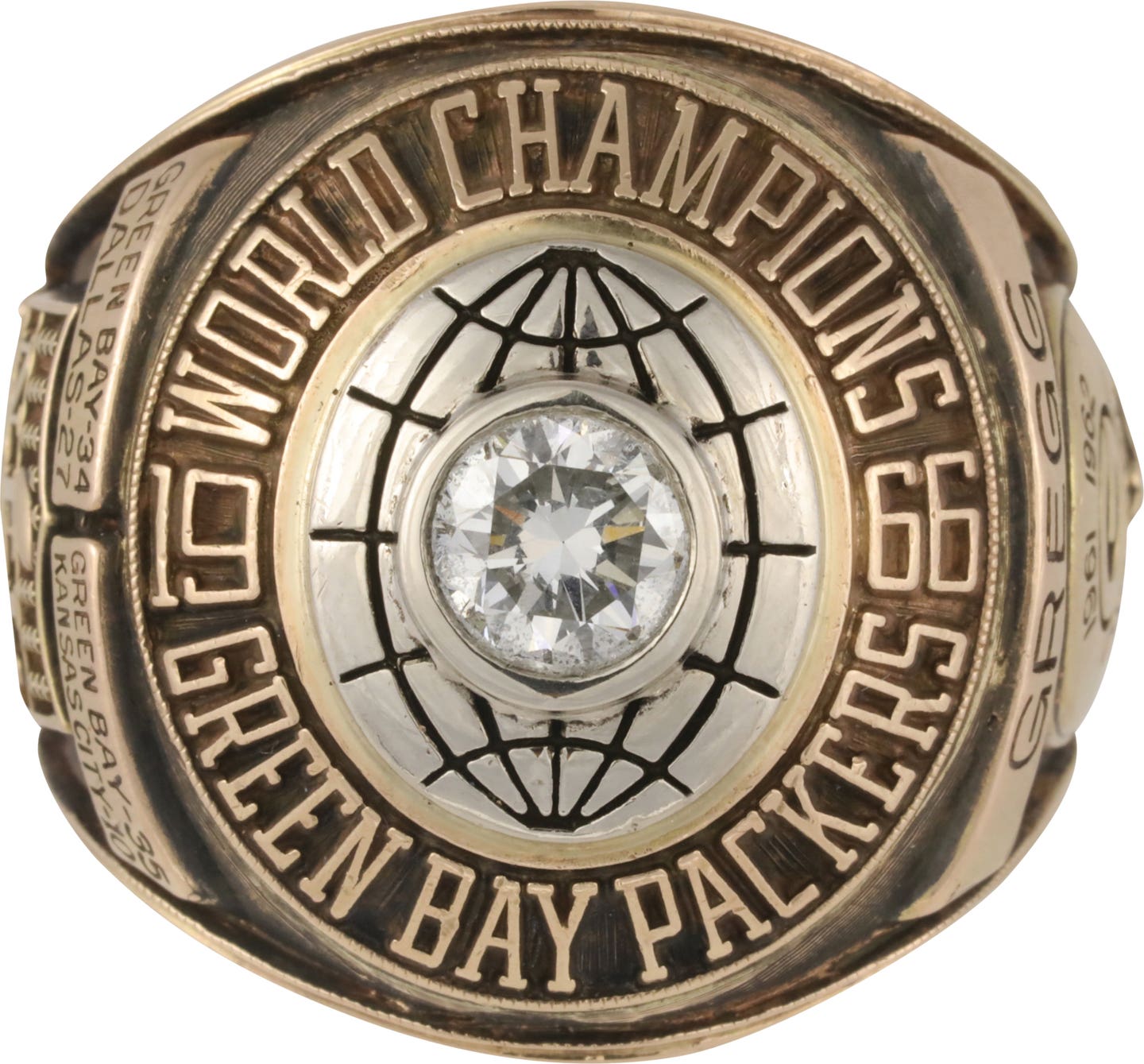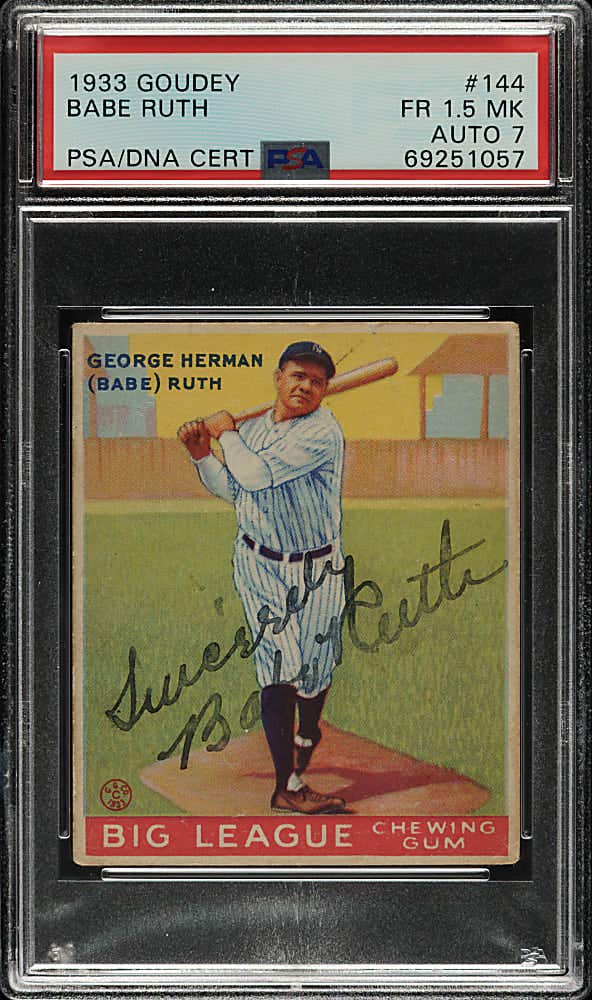Cards
Repeat Viewings of Cards Reveals Quirks
When I was growing up and collecting trading cards, baseball cards primarily, I would look at them so often that if you held a stack of them in your hand and looked at their edges, you could see where I would grab the cards thanks to the dirt and grime on my fingers.
I would constantly flip through them, organize them by team and then by alphabetical order, always checking out the statistics on the back. I remember one time I was riding the school bus home and some older kid in the back seat had a stack of cards. He rattled off some player, shrugged his shoulders and said to a buddy, “Who’s he?” I proceeded to rattle off some of his accomplishments in about two seconds, and the older kid just giggled and looked at his friend to say, “How does he know that?”
I knew the guy and his baseball “story” because I lived their careers through baseball cards. I didn’t just pay attention to the All-Stars or my favorite team’s players, but all players. And I didn’t have ESPN at home to watch highlights every day. Nearly everything I knew about baseball players came through the cards.
I’m willing to bet that isn’t the case with a lot of younger collectors today.
And I’m not alone in this scenario. I know that many SCD readers did the same thing. But what fascinates me is that those same collectors are still examining their childhood cards in the same fashion as they did, well, as a child.
I have been entering a lot of the updates for the upcoming 21st edition of the Standard Catalog of Baseball Cards produced by editor Bob Lemke. While many of those updates are on values, there are many new details on sets, card variations, etc., that are added to the big book every year. Why? Because collectors are examining their cards and finding little nuances that had escaped them in the last 60 years (or more).
Some of these subtle changes are featured in Lemke’s Standard Catalog updates we run on a regular basis in SCD. Some of the smallest details are picked up by collectors regarding their cards, from the smallest gaps in borders of the cards to color shades to letters on team uniforms being slightly different on cards of the same player.
I used to pay attention to my cards, but some of the quirks found by collectors of cards from decades ago is pretty remarkable. I think it’s fascinating that some of these quirks are found today 50, 75, 100 years after the cards were produced because collectors are taking the time to truly look at their cards again and comparing their doubles and triples for any differences.
I know some folks are error or variation card hawks, but you’d think some of these quirks on cards of the same player would have been noticed somewhere down the line previously. Perhaps it’s the hunt for a more valuable card or to point out a rarity in hopes of getting it checklisted compared to as a kid just saying “Well, that’s different” and moving on.
But I still tend to think it’s because we love our old cards and continue to go back to them again and again for a feel-good moment, to check a fact or simply to review what we have in a collection. And that’s how these quirks come to light. Now instead of elbowing our neighbor and pointing out the variation, we share it on the Internet and books like the Standard Catalog – and then other collectors check their cards for the same quirks.



